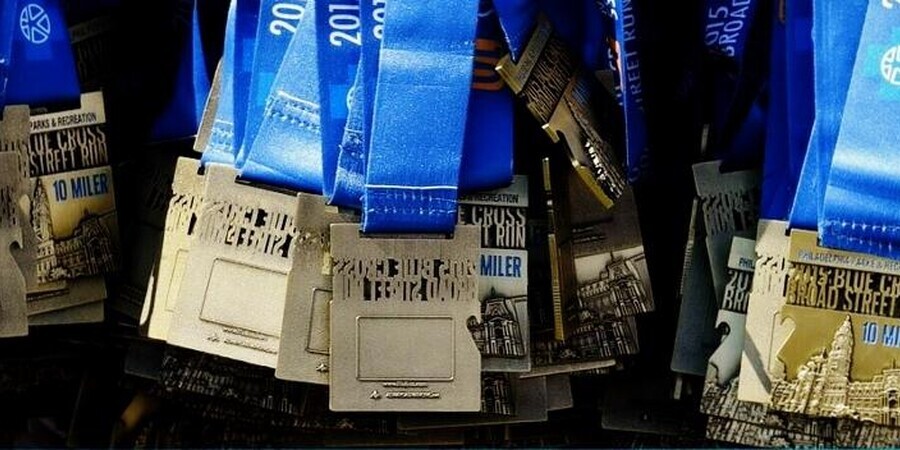Philadelphia, PA - If you plan to run the Broad Street Run, there are some essential tips to help you avoid unforeseen problems. These tips cover fueling up, training, and avoiding blisters. Read on to find out what to do before the big day! Listed below are some tips to help you finish the race. But, remember, training is the best way to avoid problems on race day.
Avoiding Blisters, Cramps, And Other Unforeseen Pitfalls On Race Day
The Blue Cross Broad Street Run is a 10-mile course in Philadelphia each year. If you're a first-time racer, you should avoid trying new things the morning of the race. Instead, eat simple carbs such as oatmeal or peanut-butter toast, stay hydrated with water throughout the morning, and avoid making major changes to your typical race day routine.
For the race, start early. It begins at 8:00 a.m.., so you have plenty of time to prepare yourself. Have your mandatory 7-11 coffee, a banana smoothie, and two Advil. Call ahead or check the race's website to confirm the course conditions before the race. For instance, you might not know that part of the course is underwater due to heavy rains the night before.
Fueling Up For The Race
If you're planning to run the Blue Cross Broad Street Run in Philadelphia, there are several vital tips for fueling up before the race. While most marathoners and ultramarathon runners start carb-loading about a week before the race, distance runners should avoid it until the last minute. Even if you've been running for years, it's still best to avoid carb-loading on race day. This will prevent cramps and blisters and ensure your race day is as successful as possible.
Avoiding Pitfalls On Race Day
A common mistake runners make on Broad Street Run race day is thinking they're behind pace. It's human nature to accelerate to make up for this perceived loss of time. However, the first five kilometers of a marathon require you to settle into your "home pace." You should avoid compensating by going slower than it takes you. By training and pacing yourself carefully, you will develop an idea of your optimal speed.
While training for the Blue Cross Broad Street Run is also essential, it is also crucial to know the ins and outs of the course. As well as making sure to wear appropriate running shoes and socks for the urban course. This way, you'll avoid the most common pitfalls that can cause race-day chaos. You'll also be better prepared if you can avoid common problems such as tripping or slipping. Remember, Philly is notorious for pot-holes.
Training For The Race
Running a 10-mile race can be challenging, but there are many ways to train effectively for the Blue Cross Broad Street Run. The race is one of the largest 10-mile road races in the country, and the training for this race is essential.
The Broad Street Run starts at the Central High School Athletic Field at Broad Street and Somerville Avenue., lined with cheering sections and aid stations. The course goes through several neighborhoods in North Philadelphia, including the trendy Rittenhouse Square and the University of Pennsylvania. The Temple University marching band also provides a runner with a boost at the halfway point. The race can be challenging, but a well-developed training plan will help you stay within your personal limit.


